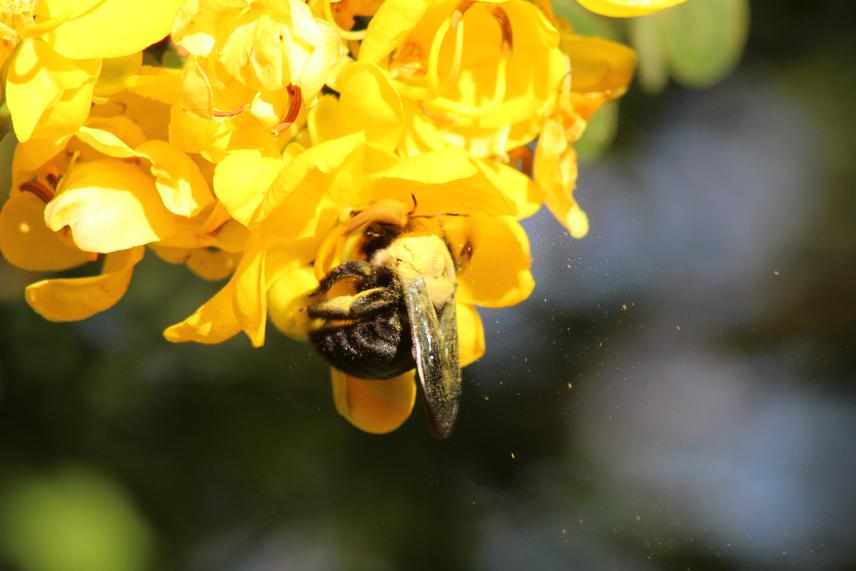Ingrid Naiara Gomes
The urbanization process is one of the main drivers of habitat loss and fragmentation, drastically affecting biodiversity. Cities can affect the distribution and persistence of several species, including pollinators. Furthermore, factors linked to urban sprawl can also alter interactions between pollinators and plants affecting the structuring and stability of communities. Despite the threat related to urban sprawl, some studies have shown that the diversity of some groups, including bees, can be higher in cities. This is because some characteristics of the urban environment and the biology of bees allow some species to thrive in cities. Characteristics of the urban environment beneficial to bees include structures, such as pre-existing cavities that can be used by bees to build their nests. Furthermore, depending on how they are managed, urban green spaces can provide different floral resources throughout the year due to aesthetic concerns, which does not occur in other environments. This change in perspective has aroused the interest in urban habitats for bees, which can add efforts to the creation of strategies that contribute to their conservation as well as plants pollinated by them.

Buzz pollination in a plant species of the genus Senna. © Ingrid Gomes.
However, for cities to promote biodiversity, it is essential to carry out research to assess which urban landscape characteristics favour the conservation of pollinators and their interactions with plants in these areas. In this context, our objective is to evaluate how the interactions between plants and bees are affected by urbanization in a tropical megacity located at the intersection of two biodiversity hotspots in Brazil. In addition, this study aims to understand how urban green areas can reduce the linked impacts of urbanization through habitat characterization and floral preferences.
Understanding the processes that modulate community dynamics is relevant for the maintenance and conservation of plant and pollinator species as well as the ecological processes in which they are involved. Our results will contribute to identifying bee species most threatened by the urbanization process and the possible traits (body size, nesting behaviour, and sociability) related to this impact. Knowledge on how interactions are structured and maintained in the city and information about landscape features that can lessen the impact of urbanization on bees could help with conservation plans to protect bees and their interactions with plants.
Header: Interaction of Euglossa sp. with garden flowers. © Ingrid Gomes.